To power the United States with more clean energy, you might think it’s just a matter of building more solar farms and wind turbines. But of course it’s more complicated. For The New York Times, Nadja Popovich and Brad Plumer describe and map the challenges:
America’s fragmented electric grid, which was largely built to accommodate coal and gas plants, is becoming a major obstacle to efforts to fight climate change.
Tapping into the nation’s vast supplies of wind and solar energy would be one of the cheapest ways to cut the emissions that are dangerously heating the planet, studies have found. That would mean building thousands of wind turbines across the gusty Great Plains and acres of solar arrays across the South, creating clean, low-cost electricity to power homes, vehicles and factories.

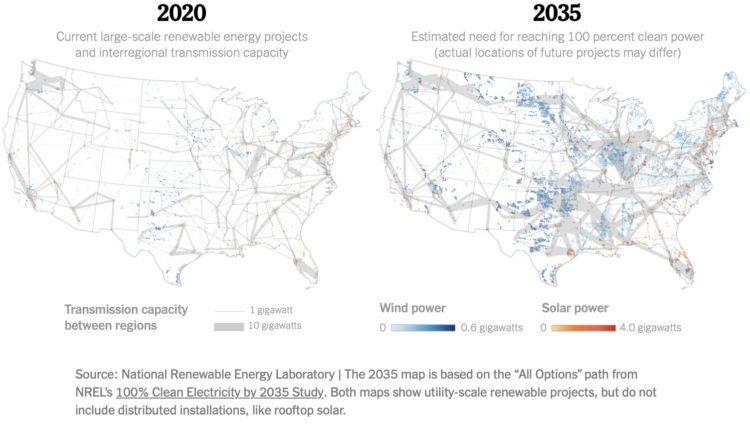
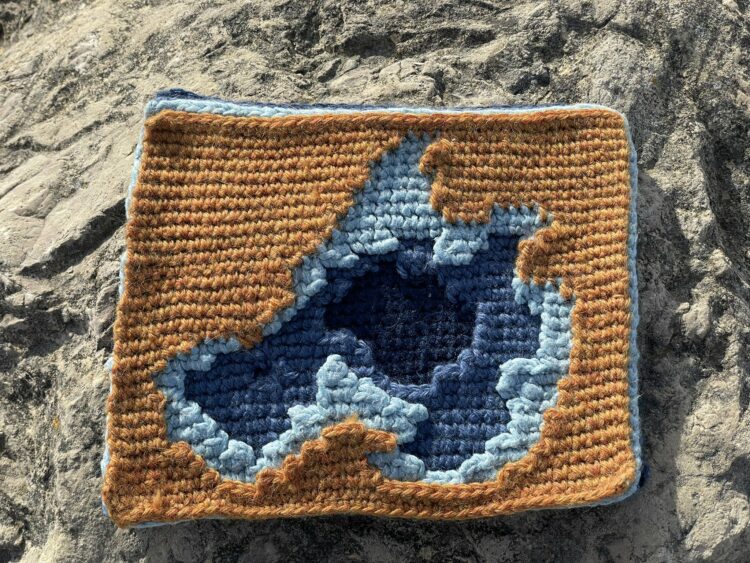
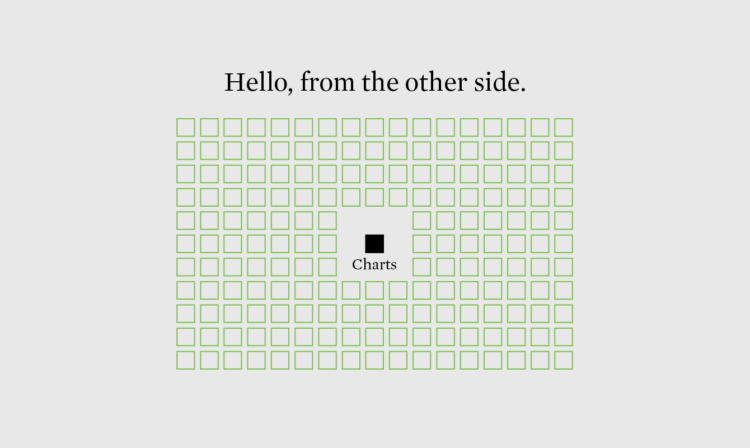

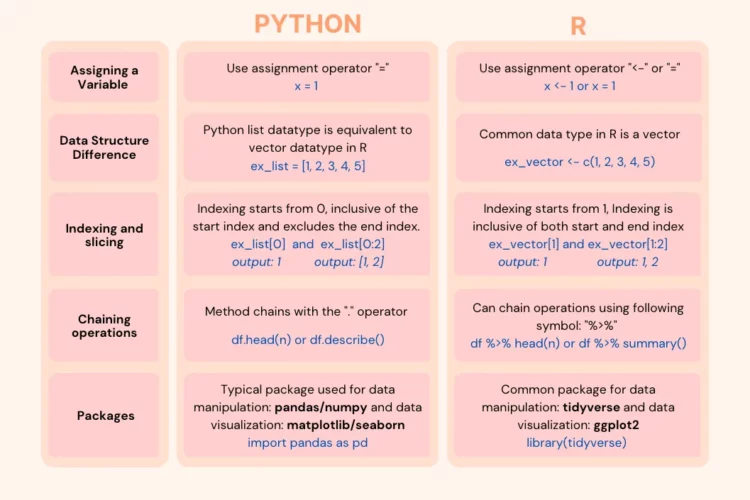


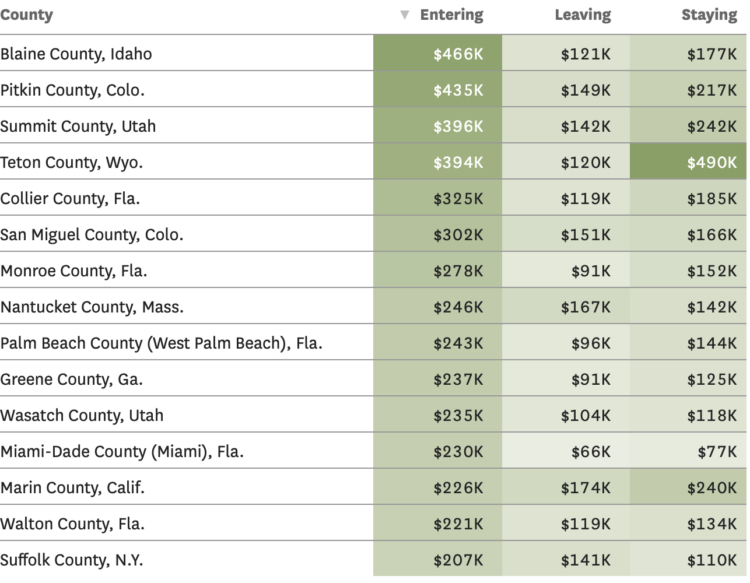
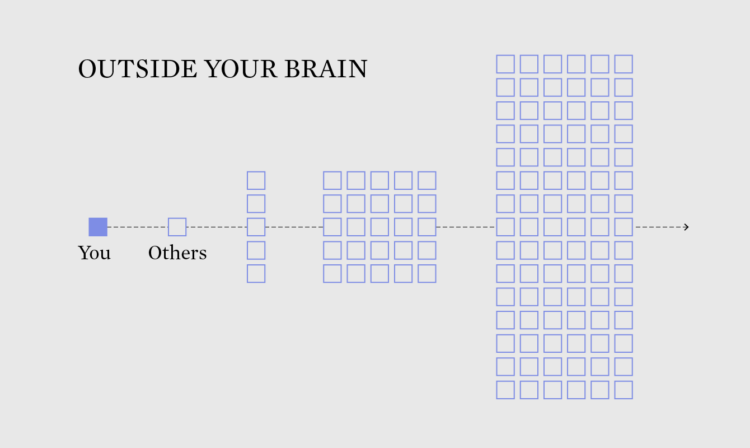
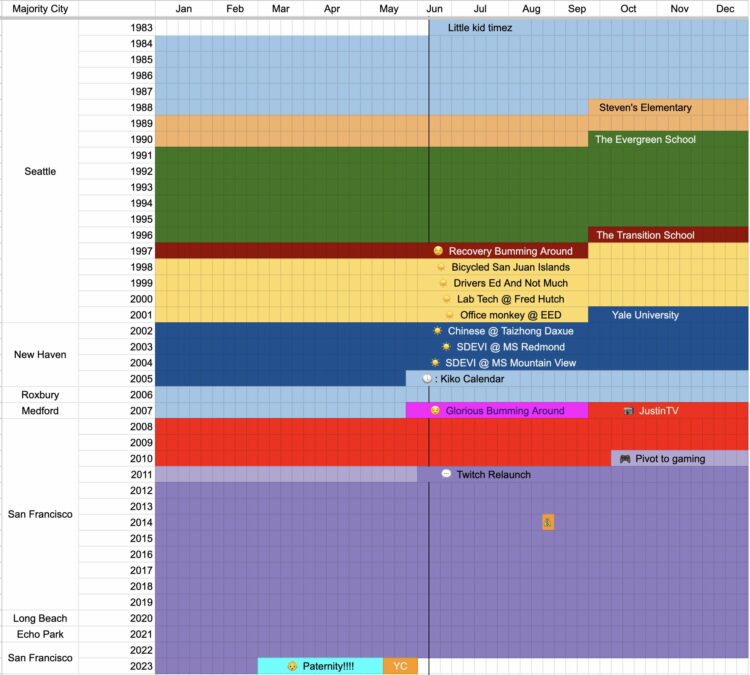

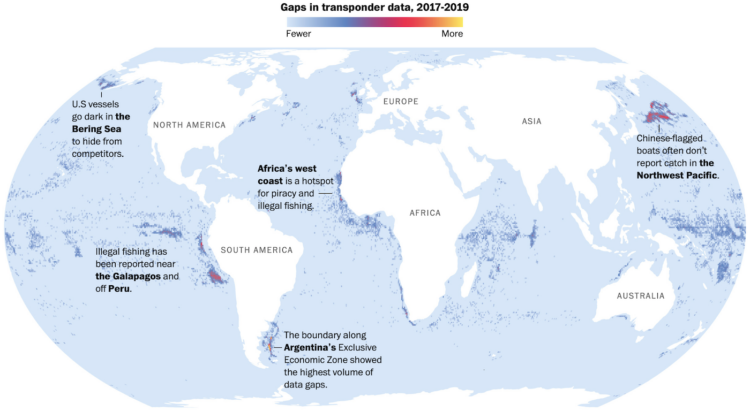

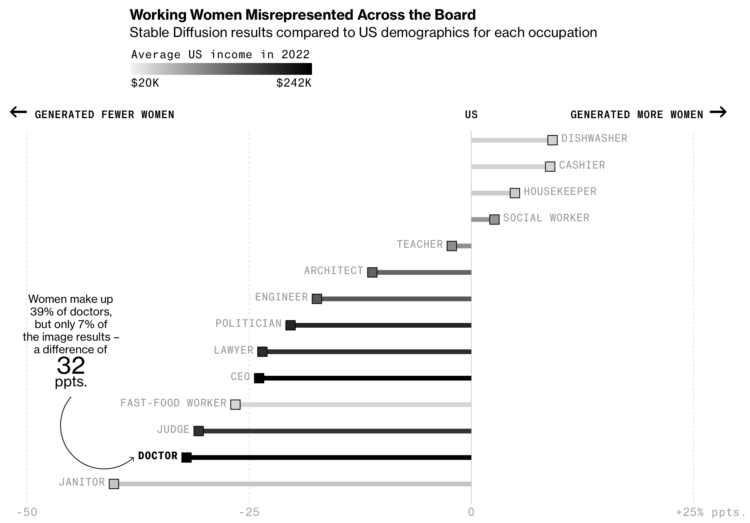

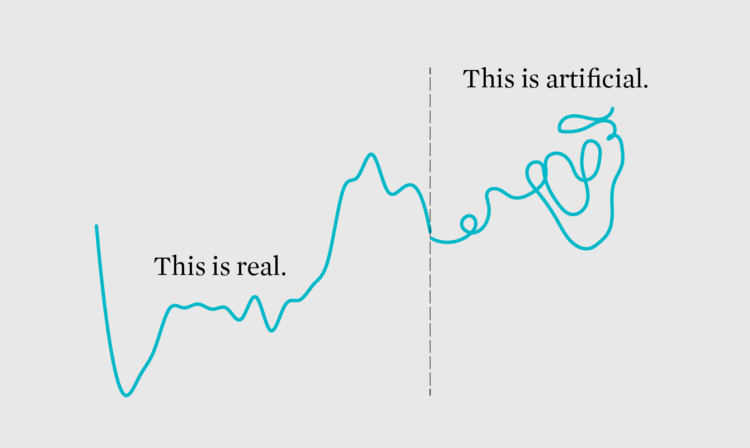
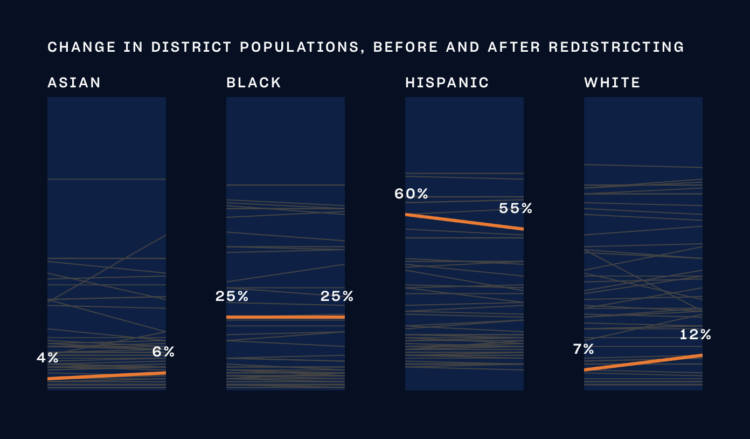
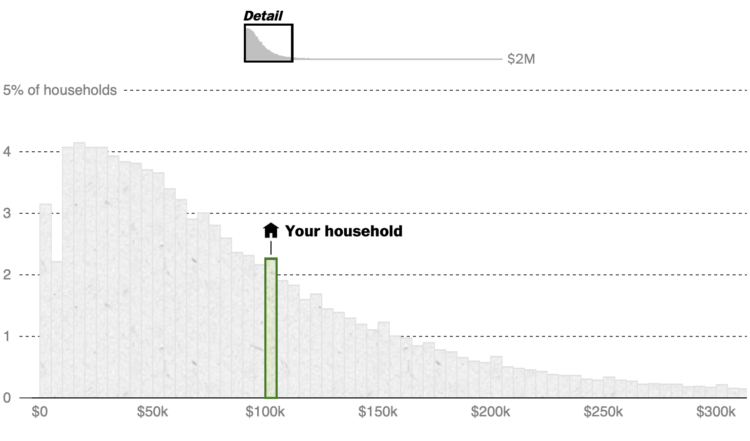
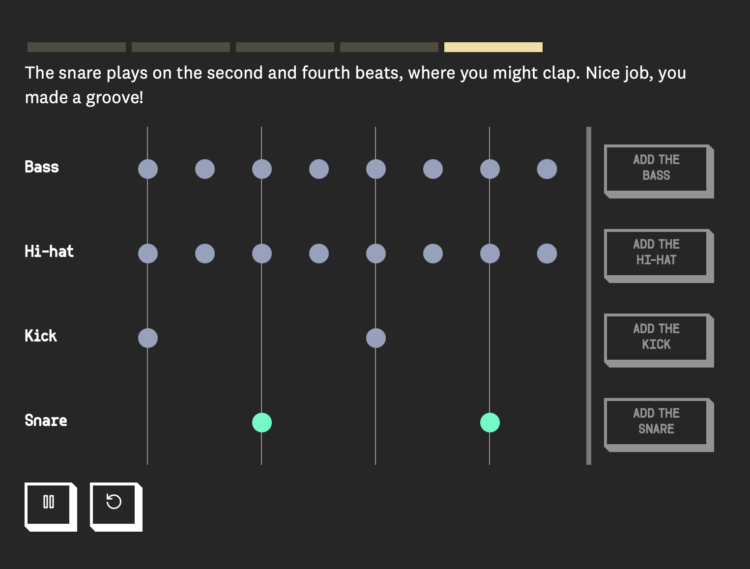
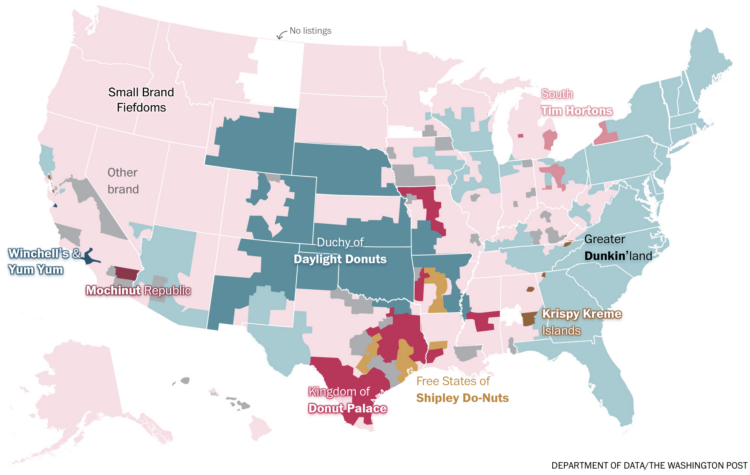
 Visualize This: The FlowingData Guide to Design, Visualization, and Statistics (2nd Edition)
Visualize This: The FlowingData Guide to Design, Visualization, and Statistics (2nd Edition)










